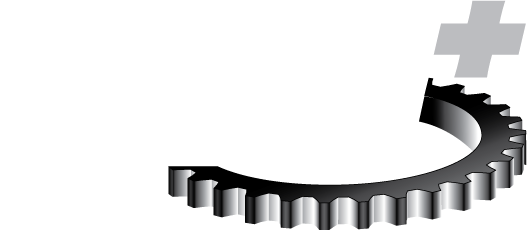
Advanced Vehicle Transmission Systems
This course builds on the basic understanding derived from the Modern Vehicle Transmission Systems course, from which learners can now develop a deeper knowledge of the many functions inherent in the modern automatic transmission including:
- Hydro-mechanical shift events
- Shift-to-shift sequencing
- Controlled clutch slipping
- Electronic controls: theory & mechatronic implementation
- Adaptive control strategies & implementation
- Sensors & actuators
During the first day, the course explores each of these areas to expand the learner’s base knowledge of these modern transmission systems. The second day is spent exploring the implementation of these technologies through a systematic approach.
Learning Objectives
By completing this course, you will be able to identify, recognize or articulate:
- Transmission functional requirements and design practices
- Transmission types, technologies, applications, benefits and costs
- Shift logic, control mechanisms, computer integration and shift scheme implementation / shift calibration
- Sensors and Instrumentation
- Friction materials
- Lubricants and lubrication systems
- Gear systems
- Design objectives and considerations of clutch systems
- Bearings
- Housing / case design
- Combination of existing and new power distribution technologies
Who Should Attend
This is an advanced course and assumes learners are already familiar with the operational theories or functional principles of modern passenger vehicle transmission systems. The intended audience is individuals working in the following design and engineering disciplines:
- Design engineers and engineering managers
- Vehicle powertrain and driveline designers
- Component suppliers
- Powertrain and driveline test & development engineers
- Design services managers
Prerequisites
Because this course is targeted at several design and engineering disciplines, learners should have a B.S. in engineering or related field and preferably a minimum of two years design experience in the automotive powertrain field.
Topics
Transmission functional requirements and design practices
- Belt, variator, toroidal technology
Transmission types, technologies, applications, benefits and costs
- Continuously variable transmission technology and systems
- Belt, Variator, Toroidal Technology
- Operational Model
- Thermal Model
- Actuation Model
- Failure Mechanism
- Automated manual, dual clutch transmission technology and systems
- Operational Model
- Thermal Model
- Shift System Components
- Clutch System Components
- Shift Scheme Strategy
- Shift System Logic and Components
- Failure Mechanism
Shift logic, control mechanisms, computer integration and shift scheme implementation / shift calibration
- Operation and function
- Implementation and components
- Valve Body
- Solenoids / mechatronics
- Torque converter lock-up clutch (TCC)
- Clutch-to-clutch shifting
- Electronic controls
- Advantages over mechanical and hydraulic
- Disadvantage and limitations
Sensors and Instrumentation
- Sensor Systems
- Application strategy
- Measured data
- Data integration
- Sensor Types
- Implementation
- Collection rate
- Communication rate
- Protocols
Friction materials
- Tribology
- Interface and contact friction
- Mechanism of asperity contact
- Dynamic and static coefficient of friction
Lubrication
- Effect of lubricant
- Lubricant properties
- Chemistry
- Additives
- Contaminants
- Bulk thermal properties of lubricant
- Selection of lubricant
Gear Systems
- Gear design techniques
- Industry best practices
- Gear stress and life analysis
- Gear system specification
- Requirements of systems and components
Design Objectives and Considerations of Clutch Systems
- Thermal development
- Actuation model
- Force / stress analysis
- Dimensional analysis
- FEA results of analysis
Bearings
- System design
- Support system considerations
- Selection and application
- Bearing types and application considerations
- Application limits
- Load resolution
- Life prediction
- Effects of lubricants & expected debris
Housing / Case Design
- Structural considerations
- NVH considerations
- Material selection considerations
- Packaging and integration considerations
Combination of existing and new power distribution technologies
- Single point of power distribution
- Engine transmission integration
- Combined technologies
- New distribution systems
